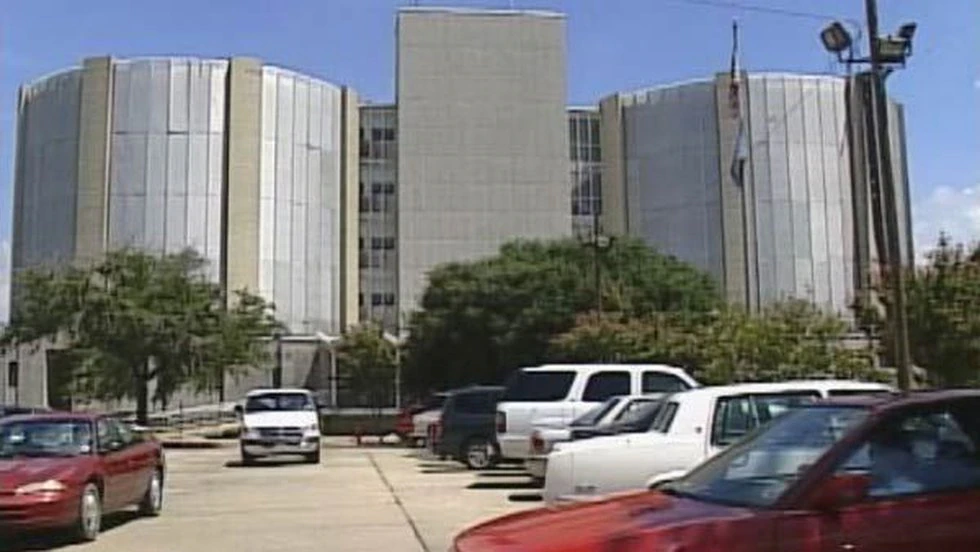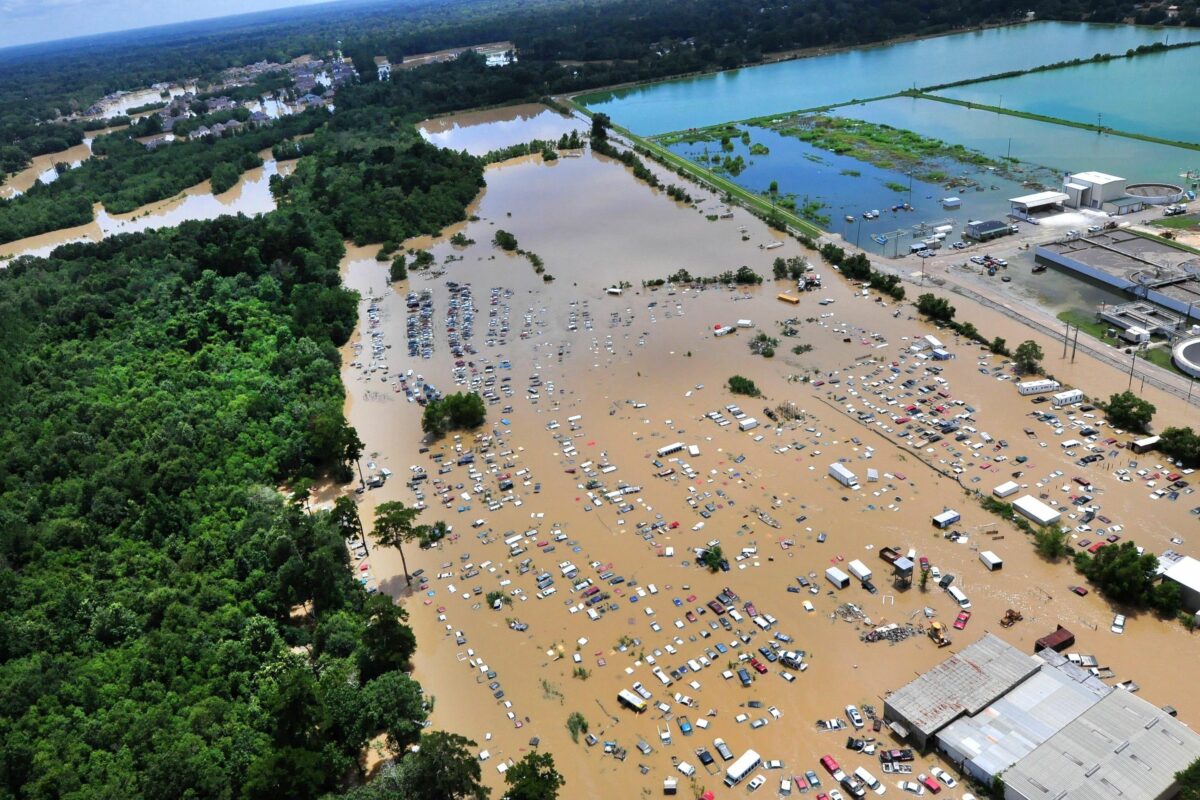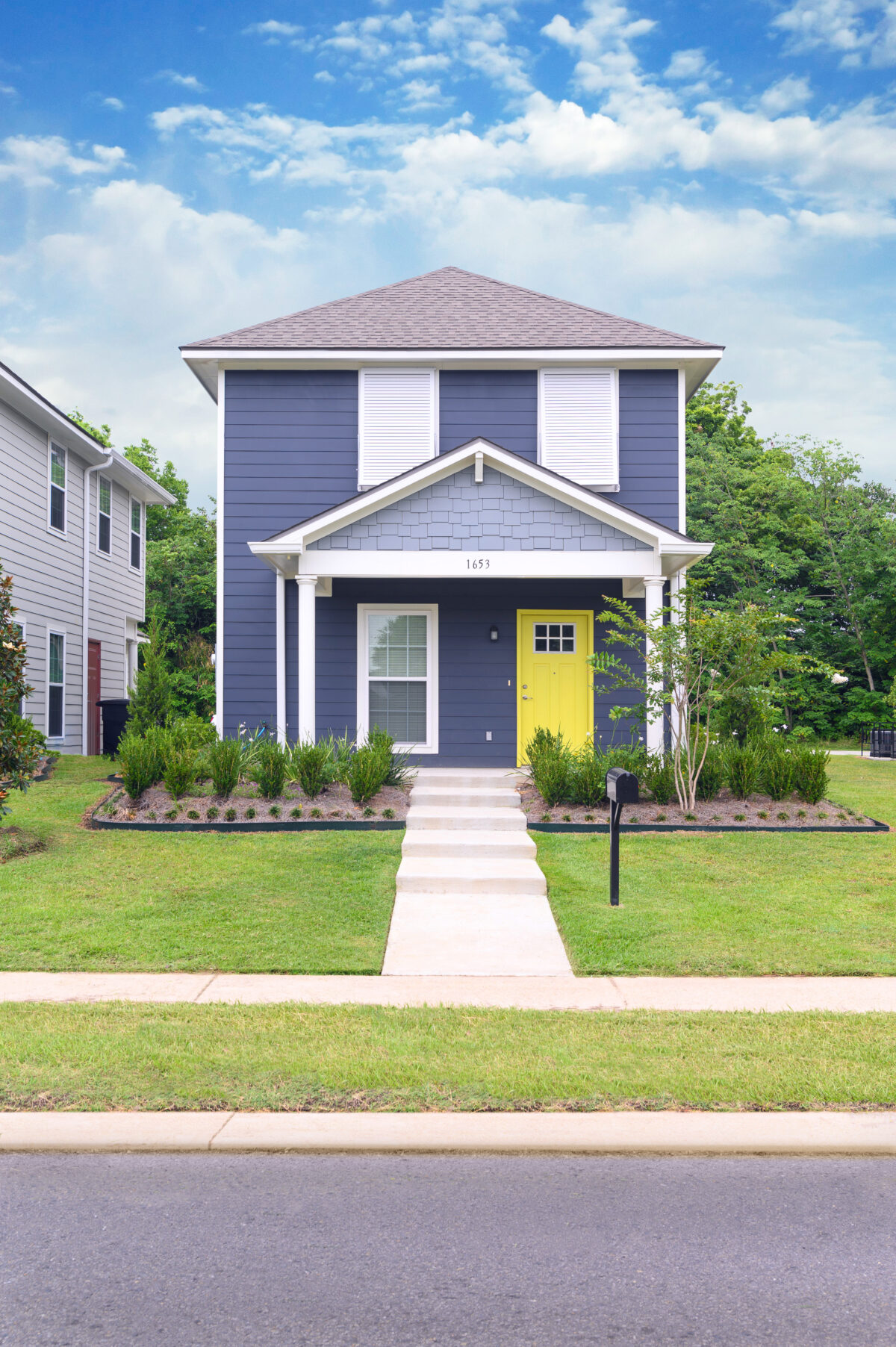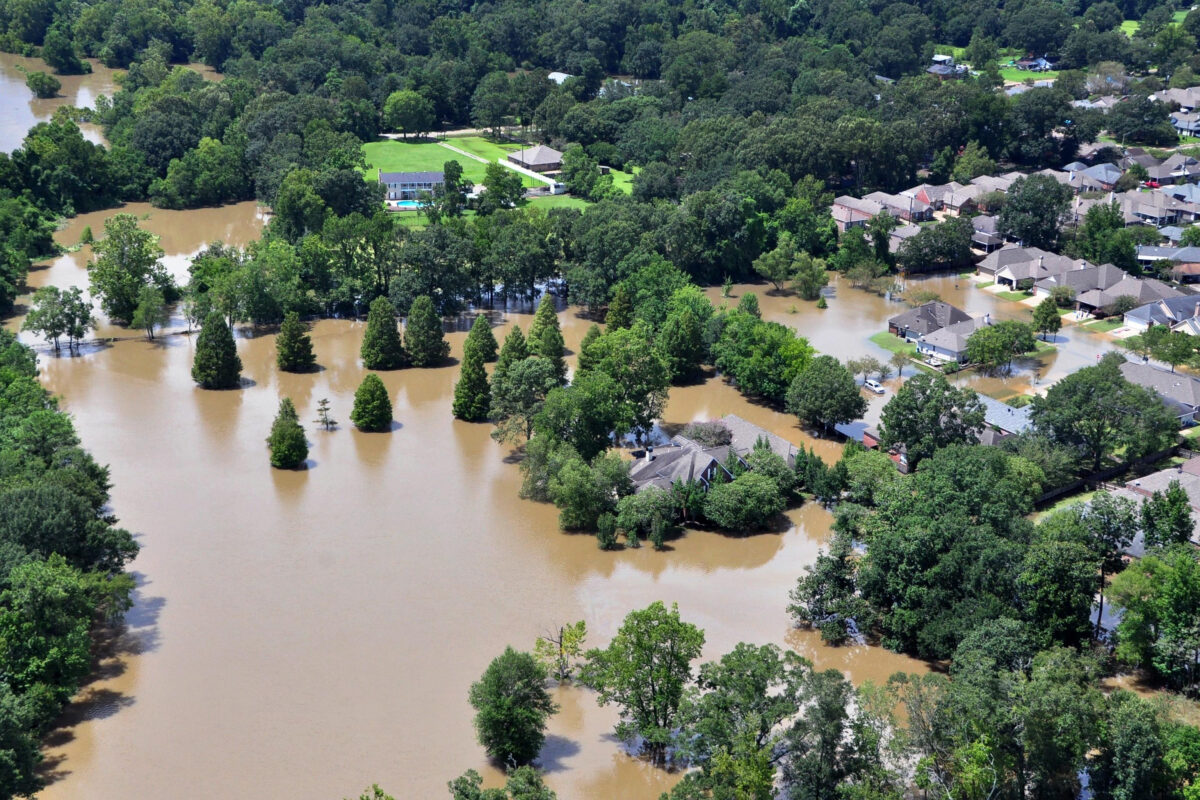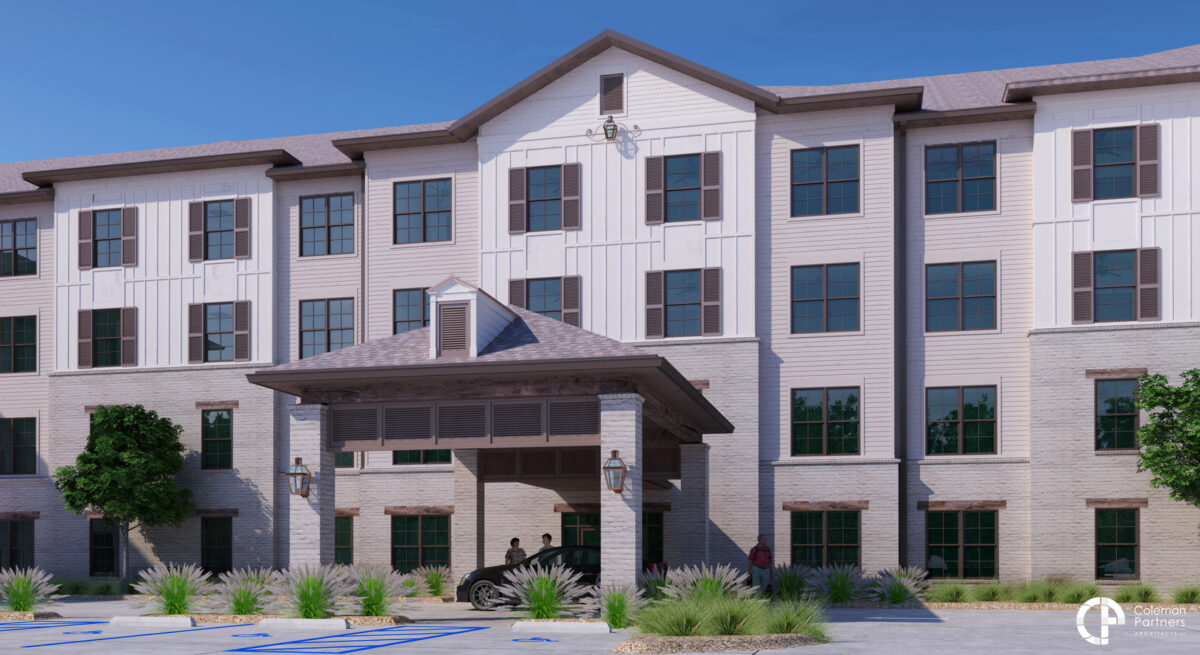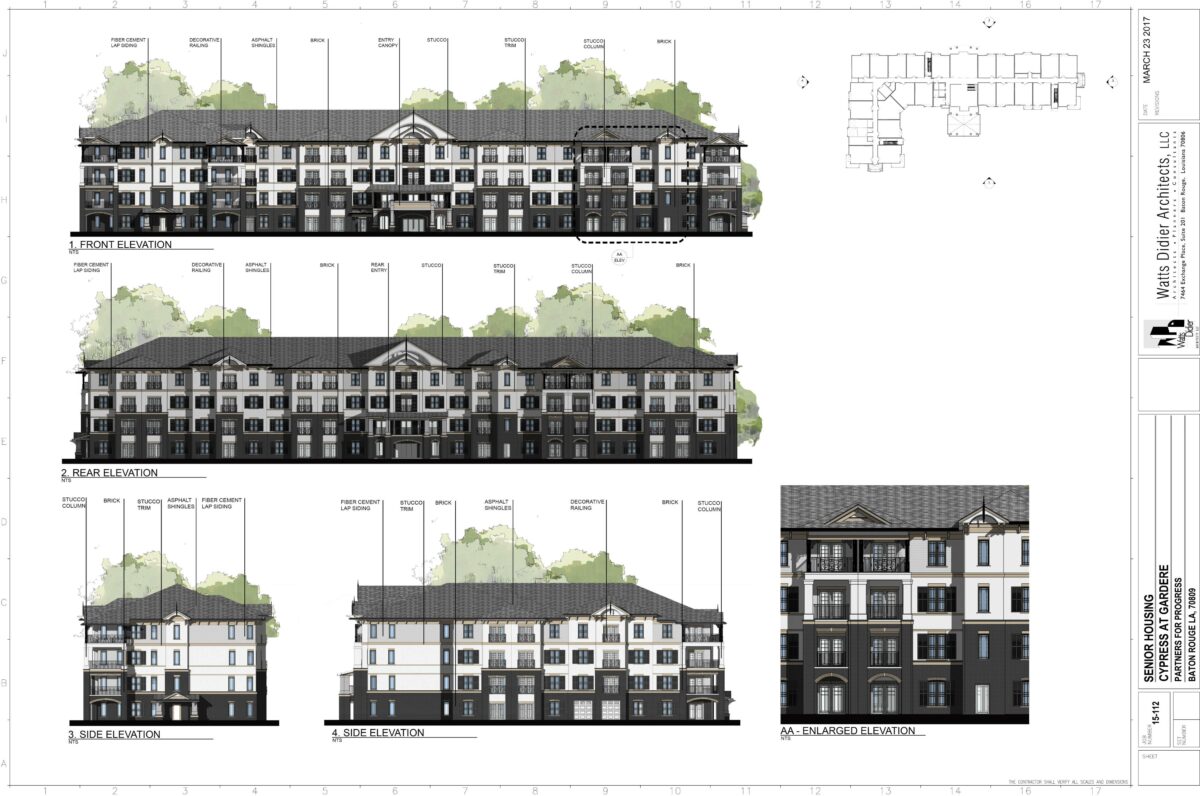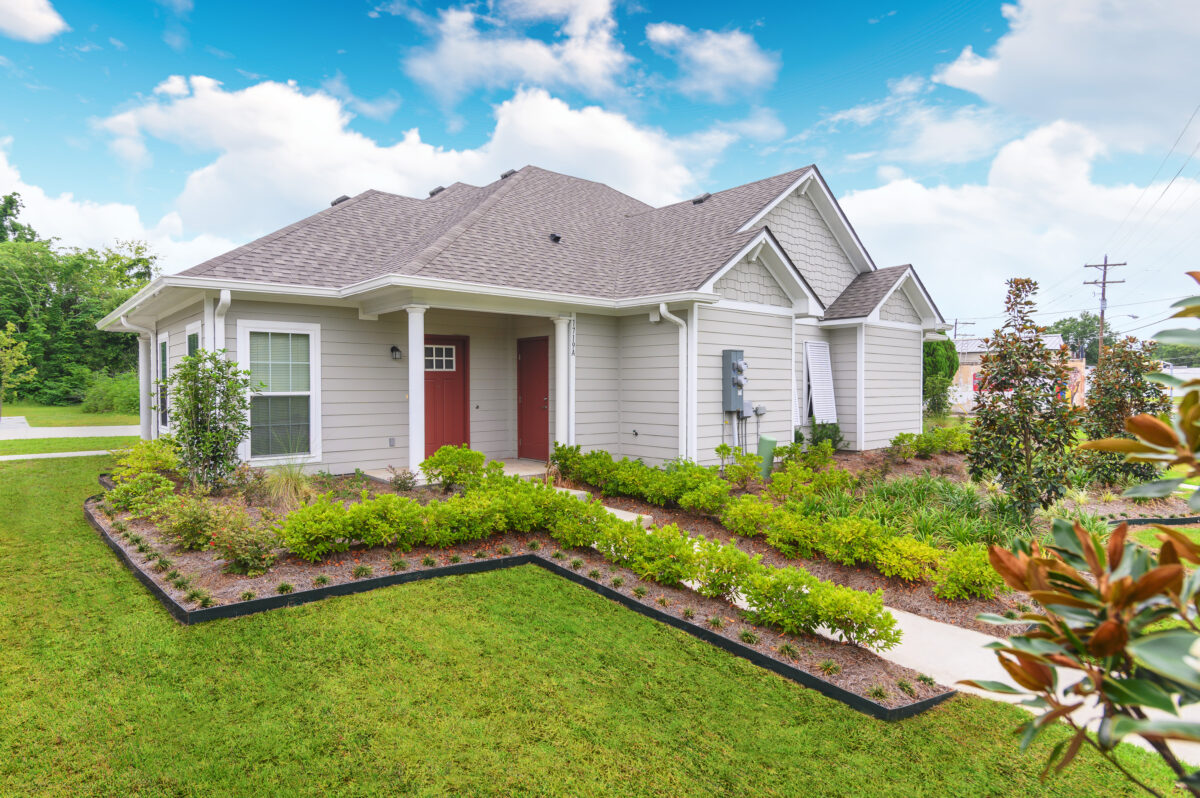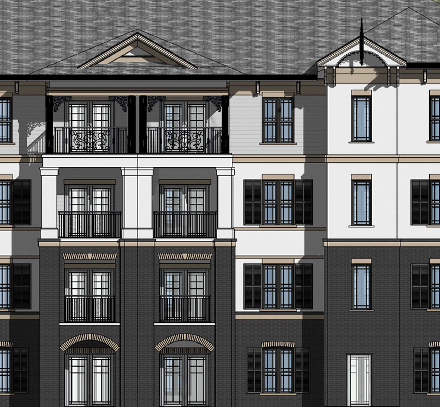Originally published by The Advocate
Louisiana landlords with rental houses walloped by 2005’s Hurricanes Katrina and Rita were eventually promised state help to rebuild: If they could get loans to rehab their properties, the state government would later reimburse them.
This program was touted as key to reviving New Orleans’ rental market. But not long after it got going, the 2008 financial crisis intervened. Banks simply wouldn’t extend construction financing to those landlords, even with the state’s repayment pledge.
It was a major wake-up call for those running the state’s “small rental” rebuilding program in 2008 and 2009. And although the country’s financial climate has improved, the lessons learned after Katrina continue to guide Louisiana leaders as they again look to help landlords rebuild after a disaster, this time the 2016 floods. Baton Rouge saw 12,643 rental properties swamped last August, while 28,000 rentals statewide flooded.
State officials say working with banks and landlords has become a major emphasis of Restore Louisiana’s programs to help rebuild rentals. Three banks — Investar Bank, Home Bank and Woodforest National Bank — are already on board, all agreeing to extend financing to landlords who are successful applicants to the state’s programs.
The state is offering two large-scale programs. One is focused on neighborhood landlords who own a few rental properties, and the other is geared toward big apartment complexes. Whether the financial help is considered a loan or a grant depends on the applicant, and some of the loans are fully forgivable. In East Baton Rouge Parish, the city-parish government is also offering one small program for landlords who own just a few rentals.
In order to apply for the state money, though, landlords need to have a bank willing to agree to extend construction financing to them. They can use one that has agreed to partner, or ask other banks if they are willing to participate as well. The programs will be run by the Louisiana Housing Corporation, which is another shift from contractor-run Road Home program.
In devising the strategy to help rebuild rentals hit by the 2016 floods, state Office of Community Development Executive Director Pat Forbes said it was important to tackle the root of the problem by increasing available housing, rather than by spending money on helping renters.
“The reason we’ve gone this route is that before the floods, we already had a terrible shortage of affordable rental housing,” Forbes said. “The floods hit a bunch of affordable rental units, and in addition to that, a lot of homeowners had to move out of their homes and they occupied some of the rentals that were there.”
Two programs
The neighborhood landlord rental program is accepting applications until August 16 from landlords who own seven units or fewer that were affected by the flood. The program has $36 million to spread across developers, nonprofits, community housing corporations and housing authorities that apply.
The program should help 300 to 350 applicants and translate into 1,200 to 1,500 rentals, said Robert Bizot, LHC’s director of flood recovery programs. While the program has been deemed a “loan,” it can be fully forgiven if landlords comply with all of the requirements.
One rule is that landlords can only rent out their properties as “affordable” units for at least five years after they finish renovations. Landlords and developers are allowed to submit up to three applications and ask for no more than $1.5 million.
Partners Southeast, the nonprofit development firm that works with the East Baton Rouge Housing Authority, plans to submit three applications to the neighborhood landlord rental program. Because Partners is a nonprofit, they are eligible to apply for funding to build new affordable housing. For-profit landlords can only apply for money to rebuild properties affected by the flood.
Partners Southeast announced last year that they were planning an apartment complex in Old South Baton Rouge near the Water Campus called River South, which should have a mix of affordable and market rate apartments.
Now, they want to capitalize on the space near River South with additional properties that they hope to build using flood recovery money from the state. They are applying for money for more affordable housing developments wedged between Oklahoma Street, Glacier Street and Duane Street.
Partners Southeast envisions using the money to add three buildings with a handful of apartments in each of them, ranging from one bedrooms to three bedrooms.
J. Daniels, the chief operating officer for Partners Southeast, said it was smart for the state to include a wide range of incomes in what’s deemed “affordable.” While some affordable housing is restricted to just low-income renters, the state’s program will allow tenants living in the rentals to earn up to 80 percent of Baton Rouge’s median income.
That means a family of four earning as much as $51,900 annually could qualify for affordable housing in the new rentals, based on 2016 income limits from the Department of Housing and Urban Development.
“And at the end of that affordability period, you can then convert some of the units to market-rate units, furthering the creation of an economically diverse neighborhood,” Daniels said.
He said Partners Southeast has had good luck with banks getting on board with their projects, but both banks and private developers can be skittish about the administrative requirements involved with affordable housing.
“What will probably be a challenge in some cases is the fact that some private owners, or market-rate owners, don’t want to necessarily participate in affordability or income-restricted units,” Daniels said. “They view it as burdensome, in some matters, because of the compliance that’s involved.”
Some wonder why they have not heard more about the program that could have helped them. Alvin Rattle, for example, owned a rental house in the Monticello neighborhood that flooded in August.
He took out an SBA loan to rebuild and sold it when the work was finished. But he estimates that he could have had $60,000 more in his pocket if there was help to rebuild the house. And he questions whether the state programs will entice anyone to apply given the bureaucracy involved.
“Is there anything that’s out there to help a small business person that’s trying to make it?” Rattle asked. “This flood came out of nowhere and it changed my life. It’s a lot of red tape in these programs they have going on, they don’t tell you.”
The other main state program to restore rentals is called the “multifamily gap program,” and the deadline for it was June 15. The $38.25 million program is for developers, housing authorities and others with 20 or more units in multifamily structures.
Public and affordable housing agencies can receive $40,000 per flooded residence, while market rate rentals can receive up to $65,000 per unit or $6.5 million total. Like with the neighborhood program, those who receive the money to rebuild multifamily structures have to accept affordability requirements for future occupants.
While industry experts say there does not appear to be a good mechanism to track whether landlords with a few properties are rebuilding, they are seeing larger apartment complexes come back online.
Craig Davenport, a commercial real estate appraiser with Cooke, Moore and Associates, said most apartment complexes covered by flood insurance have been rebuilding. He said Baton Rouge’s tight rental market has started to loosen a bit as people move back into houses they own at the same time that newly restored rentals are becoming open again.
Laura White, vice president of the multifamily division for Latter and Blum Property Management, said eight of the nine apartment complexes she manages that flooded were restored between January and May. While apartment complexes are rebuilding, though, White said she is seeing landlords with single family rentals, like Rattle, sell them and walk away.
2008 versus 2017
When Paul Rainwater reflects back on the state’s rebuilding efforts from Hurricanes Katrina and Rita, he remembers the numerous changes made along the way to recovery programs.
By the end of 2008, the state’s small rental program that was intended to restore 18,000 rentals had only issued around 400 grants, although it had started the year before with the promise of moving quickly. Rainwater was the executive director of the Louisiana Recovery Authority before becoming former Gov. Bobby Jindal’s commissioner of administration and chief of staff.
“We were in a major financial crisis and we had to get money in the hands of the landlords and the banks just weren’t able to do it,” recalled Rainwater, who is now a consultant. Christina Stephens, who was the spokeswoman for the Louisiana Recovery Authority at the time, also said the crisis had a “chilling” impact on the small rental program.
In reaction, state officials retooled the small rental program to help landlords by having properties inspected and ensuring they were using qualified contractors, but then giving money to landlords directly to make their repairs.
Like now, landlords who received money in the hurricane aftermath also had to accept affordability requirements. But Bizot said the outreach to banks for the 2017 program has been much more extensive. Brad Sweazy, the chief operating officer for the housing corporation, said this time landlords are eligible for help based on the cost of repairs, not how much they will be able to charge for rent.
Bizot, Sweazy and the others administering this year’s program are also hoping for high interest in the programs, which will then show the federal government that Louisiana needs more money for recovery.
Both Rainwater and Stephens said it is important to remember that no two disasters are the same, and each recovery has different challenges. Rainwater added that being open to change was a key take-away from the Road Home’s small rental program, as it is important to shift gears if something isn’t working.
“You have to be flexible and have you ear to the ground and be talking to regular old citizens,” he said. “You go into the home and you figure out how to help them. You have to figure out a way to put those people over the goal line because you want those people in your community.”
Editor’s Note: This story was changed after publication to correct the names of the banks involved in the state programs.


